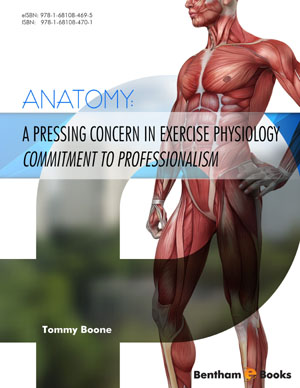Abstract
Teachers must acknowledge that rote memorization is rather useless when students are not encouraged to visualize the structures. There is a huge volume of detail and integrated content when anatomy is blended with mental pictures. The mind can be taught to scan the origins, insertions, and functions of muscles just as computers can scan and create three-dimensional pictures. The brain does not know the difference between what is real and what is not real. Thus, when you visualize (i.e., see with the mind’s eye) the latissimus dorsi muscle and its origin and insertion, the electrical signals of the thinking-visualization process are essentially the same as seeing it on a cadaver.
Keywords: Blink transformations, Creating images, Image rotation, Imagery, Mental scanning, Stored information, Verbalizers, Visualizers.












